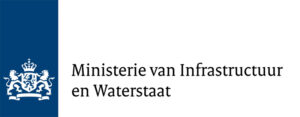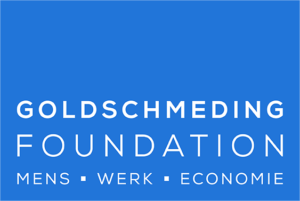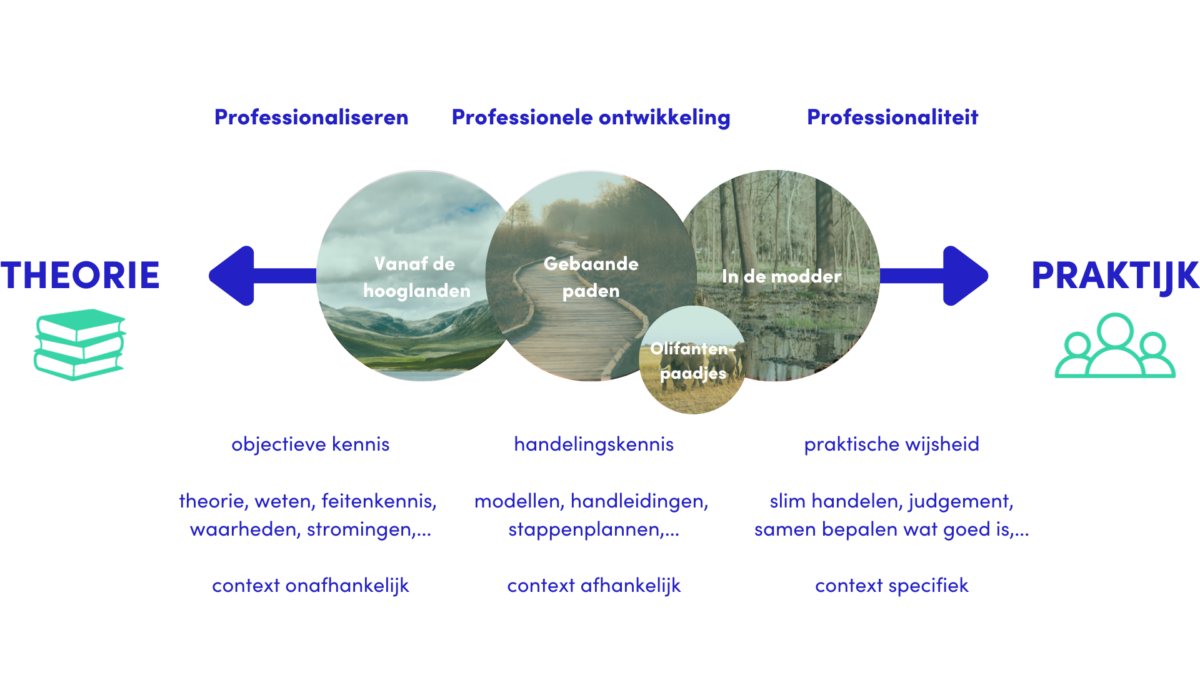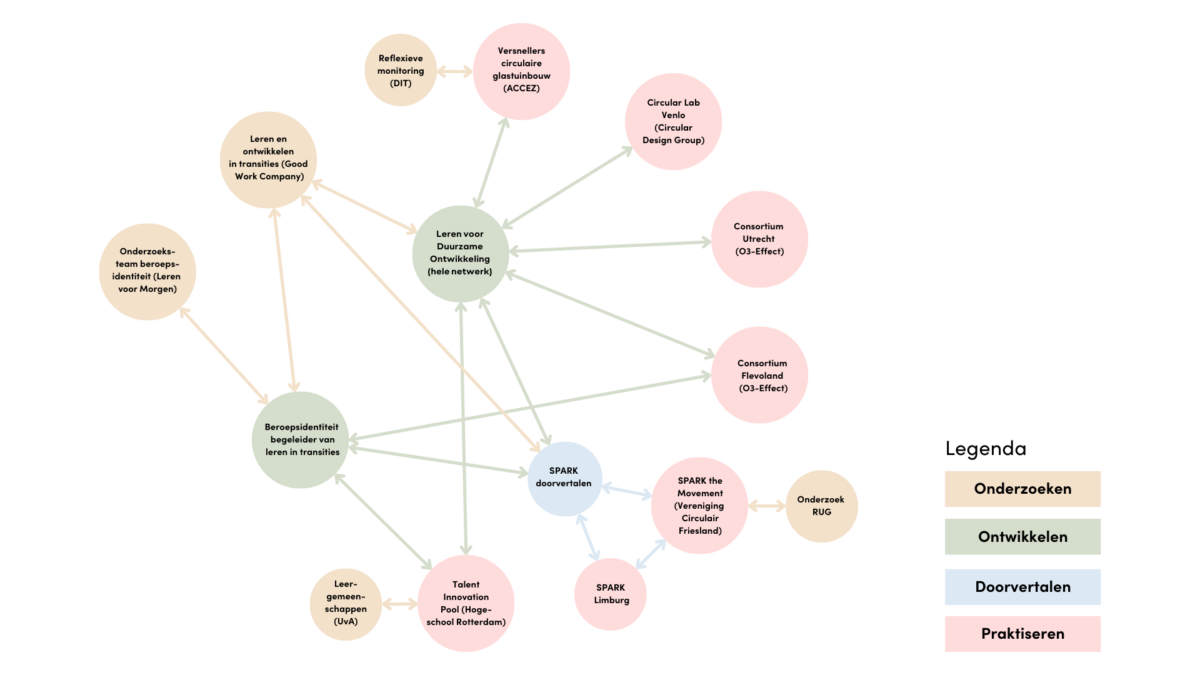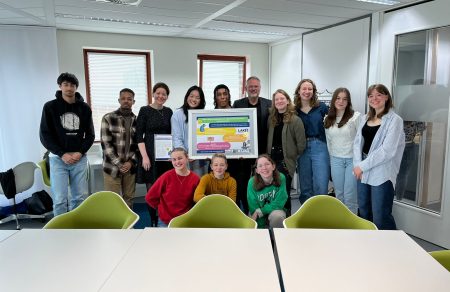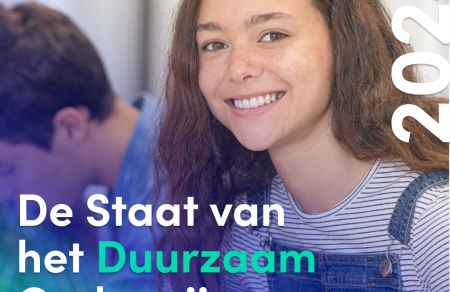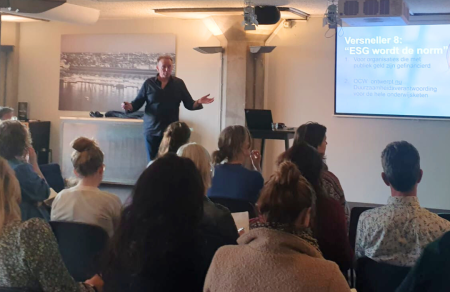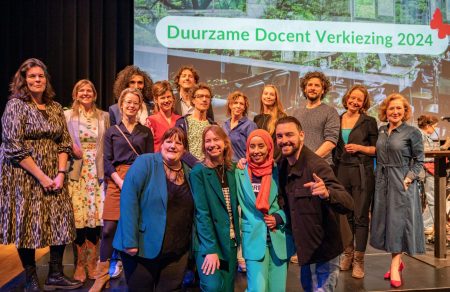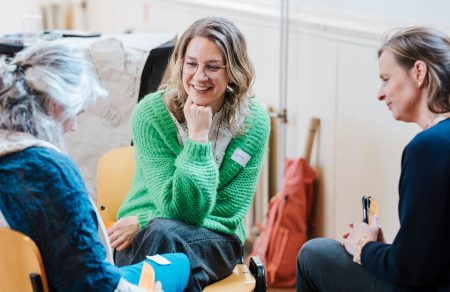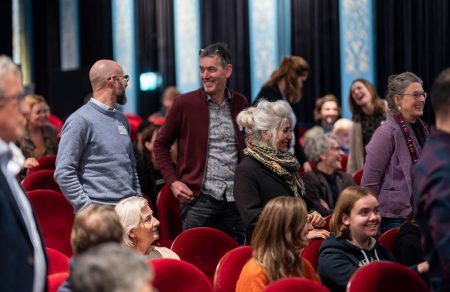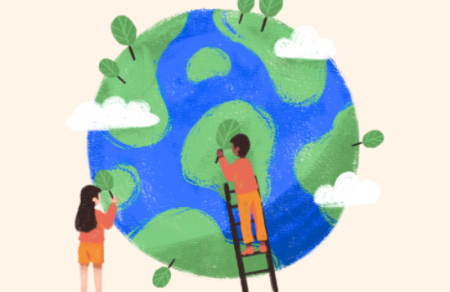When we talk about knowledge we often talk about either theory or practice. "We pretend they are very different things, but between the two there is a field that connects them where theory and practice gradually merge into each other" says Manon. In doing so, we must be aware that theory is not just one thing. For example, there is knowledge that we can say is proven true, but there are also numerous theories that can never be proven. Nor is practice just one thing. The practice in which one person works can be vastly different from the practice in which another is engaged. Both extremes have a very rich spectrum and they slowly blend together.
Daan adds that theory and practice influence each other. "A practice is more than just people doing something practical; it is about the whole system of actions, relationships and institutions aimed at a certain goal. Consider architecture, for example. Theory about architecture shapes the way architects design houses, but conversely, designing houses also shapes theory about what makes good architecture. So you could say that theory and practice shape each other produce."
Different forms of learning
Manon explains that different ways of learning can be found at the connection between theory and practice. For example, you can transfer something that is known to another person, which we also call "professionalizing. This way of learning takes place from the symbolic "highlands. Another form of learning is 'professionalism,' which involves experiential learning and the practical wisdom gained by doing things and thinking about what is wise to do. This is not necessarily about the known knowledge, but about learning how to weigh and learn together in practice to get better from it. This kind of learning takes place "in the mud" of practice. But what is in between? "Those are the beaten paths. If we have tried many things, then we can figure that something works well in a certain way. If we write that down in a manual, it says something, but it's not completely proven true or specific. With that, it's nicely in between. The form of learning that goes with this is professional development."
Learning together in the Sustainability Skills program
In the Sustainability Skills program, we try to connect theory and practice and learn together. Daan explains to us what the program entails and how learning is central to it: "Sustainability Skills began as Circular Skills in 2019. The mission was very unclear then: to develop circular skills. Nobody yet knew exactly what those skills were, but that they needed to be developed. Especially in vocational education. We then organized a whole pile of pilot projects. In two years we implemented 13 of them with about 30 schools. These were all fun projects that were going to figure out a piece of the puzzle: a training for teachers, developing curriculum for a minor, a game, internship assignments, etc. The goal of all the projects was to set in motion more than just the implementation of the project. They had little contact with each other at that time and our approach had a lot of fragmentation. Then we wondered what else was needed to achieve systemic change with the building blocks created here. We started to see how we could collaborate more long-term with initiatives that are doing these kinds of projects at the regional level to move forward in the transition. What we like to see is that they don't all have to reinvent the wheel, but that it accelerates because they start influencing each other and can transfer things to each other, connecting in the way of a Research-Practice Partnership. Exactly as Manon outlines by deploying different ways of learning in different places."
What is a Research-Practice Partnership?
Research Practice Partnerships (RPP) are long-term collaborative relationships between people working across the field between theory and practice. By involving practitioners in research, research questions become more relevant to them and results are more likely to be implemented in practice. The method consists of four "spheres," namely: research, develop, translate and practice. The image below shows how this is shaped in the Sustainability Skills program.
"The trick is to make something work again in a different place."
We talked earlier about theory (research), practice (practicing) and the beaten path (developing). There's another sphere we haven't talked about as much and that's translating. "I sometimes call that the elephant paths" explains Manon. "This happens, for example, when you've had a good project that you might want to do more often. The trick then is to make it work again in another place. This is different from transferring where you take it out of context and write it down. If you keep doing something more often then you practice that movement and an elephant trail develops."
As Daan pointed out, there are several regional initiatives within the Sustainability Skills program. If these work well, the approach could also be deployed in another regional context. To do this, we are looking for places where a number of preconditions are already present: an initiative with a regional task, connections and someone who is driven to develop the initiative further. "I think when you bring two practices together you move toward each other. That's where a different kind of learning process occurs with a warm transfer. This is not just about everything you can put on paper, but about using and nurturing each other's practical wisdom. In this, we learn to recognize what works and what preconditions are needed for it. Suppose you double all the initiatives in the program, what emerges? What wisdom will be released and how will those people relate to each other in sphere 3? I think identity is included in that and then we develop even more than learning."
Getting started with this new knowledge!
When Manon and Daan are asked what they hope this article will bring about and what you as a reader can do with this new knowledge, several ambitions emerge. Manon: "I actually hope that transition professionals see how important, complex and challenging organizing learning well in transitions is. A lot depends on it, on transitions and on learning to organize in transitions. What is the right way of learning in each place; there is still a world to be won in that." Daan also hopes the article makes it clear that as a transition professional, you don't have to be active on the entire spectrum between theory and practice to make a difference. "Do what you are good at and hook up with others who are putting another piece of the puzzle. Transition plays out between people off; we're trying to make that workable with the RPP."
This article is part of a two-part series on learning a developing around change tasks. You can read the other part here. Want to learn more about educating for an inclusive, sustainable future and how you can join the Sustainability Skills program?
Sustainability Skills
